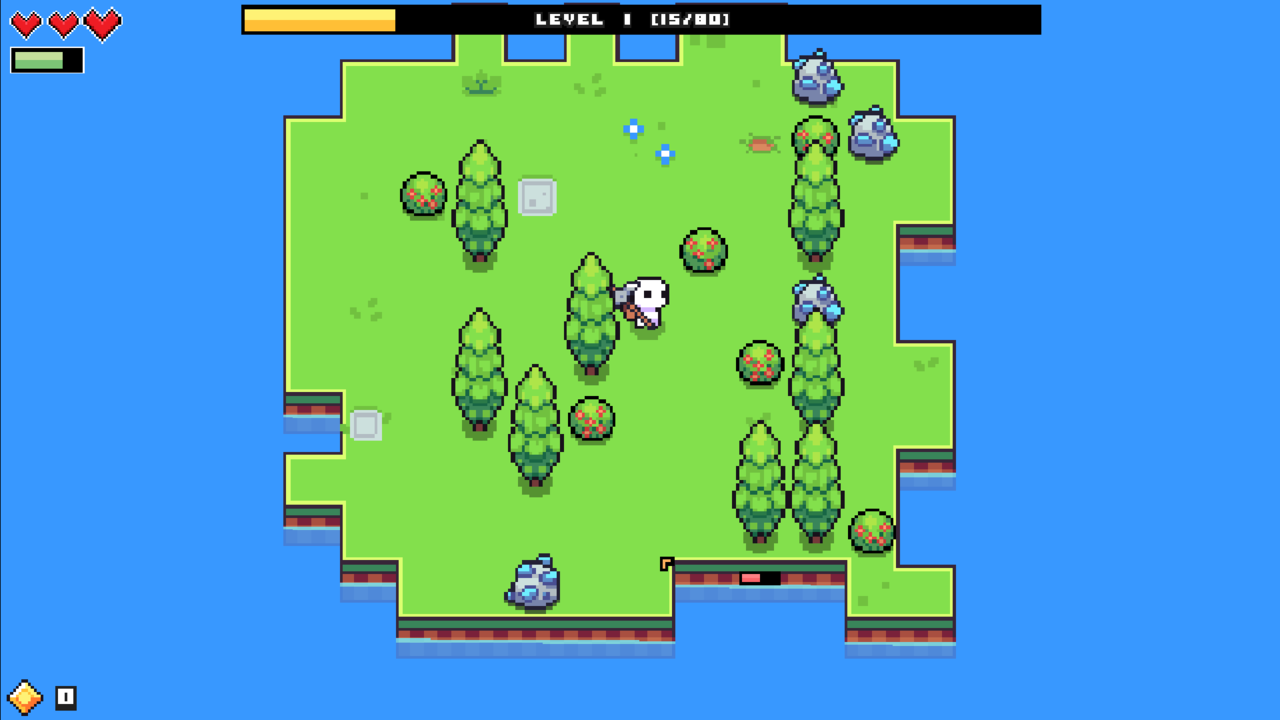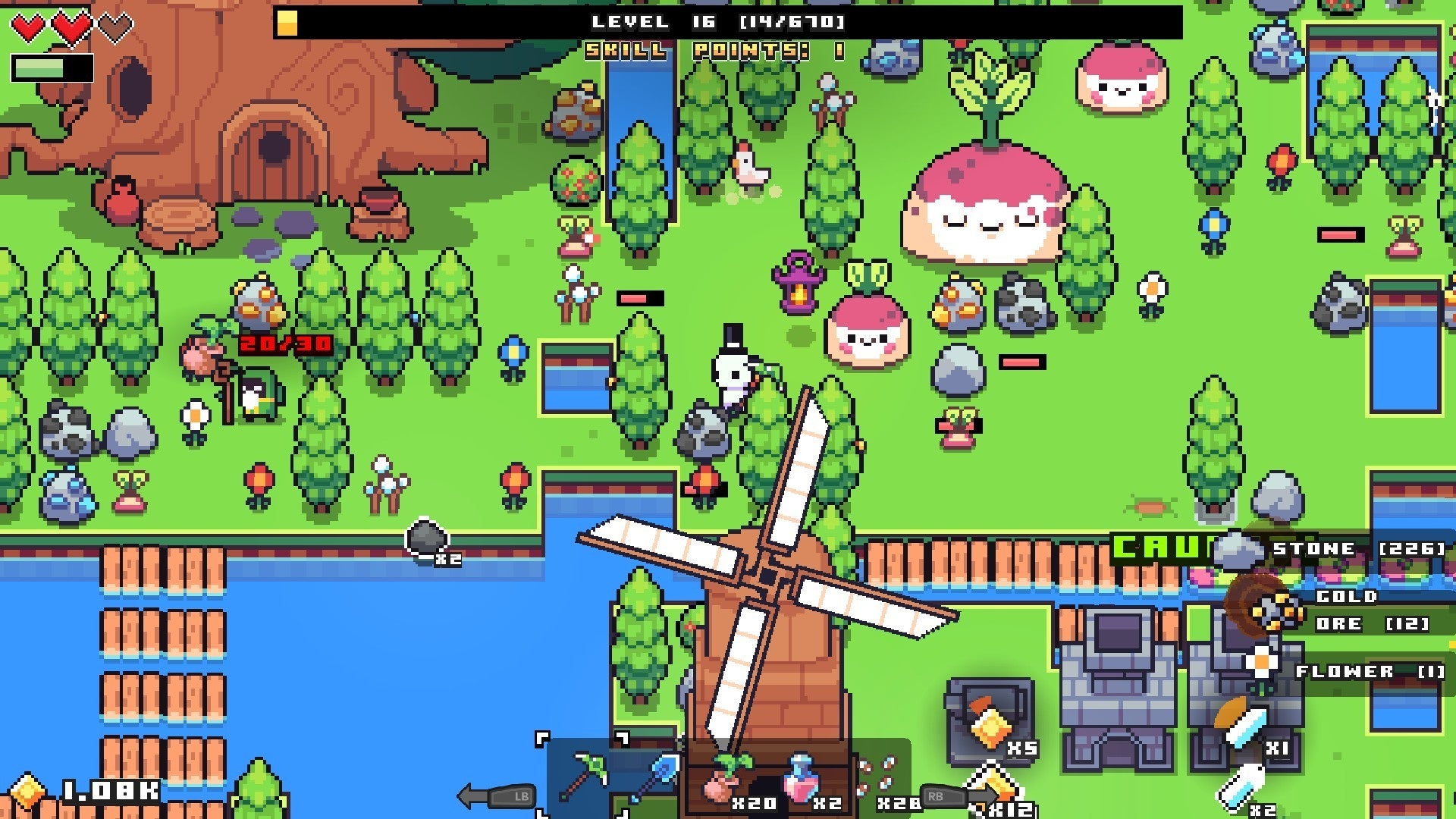

22), but little work has explored how ARS parameters can be effectively tuned, or how the insights of the MVT literature can be applied to models of foraging in continuous rather than discrete environments. Simulation models suggest that encounter-conditional ARS can be more efficient than unconditional Lévy flights or Brownian walks with equal average movement velocities (e.g., ref. ARS search patterns, in contrast, are composites of intensive (low speed and high turning rate) and extensive (high speed and low turning rate) search periods ( 21).
Forager game optimized map Patch#
More recent work, drawing on increased computational resources, has focused on identifying efficient random walk search algorithms ( 16 – 19)-e.g., for Brownian walks, Lévy flights, and area-restricted search (ARS)-which can model a forager’s movement patterns even in cases where patch choice and patch-residence times are hard to measure.īrownian walk search patterns can be nonoriented and diffusive (e.g., dispersal), or oriented and superdiffusive (e.g., migration), while Lévy flight search patterns are scale-free, nonoriented, and superdiffusive ( 20). Early empirical work inspired by the marginal value theorem (MVT) ( 11) focused on models of patch choice ( 12, 13) and patch-residence times ( 14, 15). As such, understanding how mobile foragers increase resource encounter-rates has been central to a variety of foraging models in evolutionary biology, with applied consequences for fields as diverse as criminology ( 5), cognitive science ( 6), engineering ( 7), conservation biology ( 8, 9), and agricultural pest management ( 10). This active mode of search can require a substantial expenditure of energy ( 1, 3), increase exposure to environmental hazards and predators ( 4), and entail the opportunity costs of separation from a home base or social group. Beyond studies of naturalistic foraging in humans and other animals, our approach has implications for optimization of search behavior in a range of applied fields where search dynamics must be adapted to shifting patterns of environmental heterogeneity affecting prey density and patchiness.įoragers whose optimal search mode entails mobility ( 1) must invest some fraction of their limited energy budget in active search for randomly and often sparsely distributed ( 2) food items or natural resources. Our methods mitigate the need to make such discrete maps of patches and thus have the potential to broaden the scope for empirical evaluations of the MVT and related theory in humans. The MVT is currently underused in studies of human foraging and settlement patterns, due in large part to the difficulty of identifying discrete resource patches and quantifying their characteristics.

Our empirical estimate of giving-up time coincides with the theoretically optimal giving-up time derived under the MVT in the same environment. Applied to a case study of Nahua mushroom foragers, these models identify distinct forms of intrapatch and interpatch search behavior, with intrapatch search transitioning to interpatch search after a predictable interval of time since the last encounter with a harvested mushroom. These models allow us to estimate “giving-up times” using encounter-annotated GPS tracking data. We draw on recent theoretical work on area-restricted search (ARS) that links turning-angle and step-size changes to geographically localized encounter-rates. Left click hits things, right click consumes the currently selected item (if it's a food or potion).We develop a method of analysis for testing the marginal value theorem (MVT) in natural settings that does not require an independent definition or mapping of patches. Move with WASD, aim at stuff with the mouse.
Forager game optimized map free#
This demo contains around 2-3 hours of free gameplay!

This is the revised and reworded version of Forager with a free demo available for everyone to play! Originally made in 2 weeks for the GMS2Jam hosted by YoYoGames (In which Forager won second place!).


 0 kommentar(er)
0 kommentar(er)
